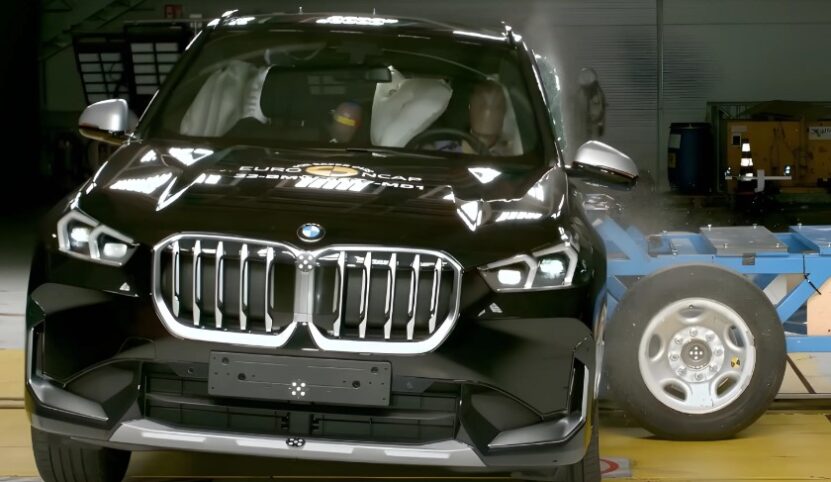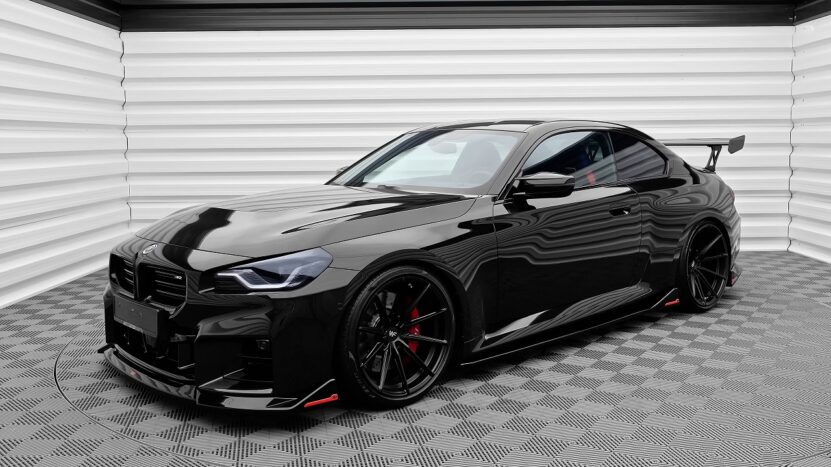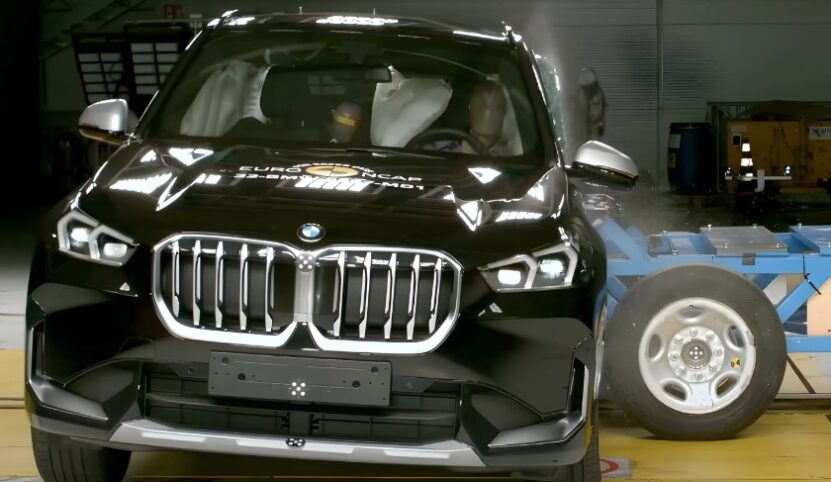
Share Post:
One area that often causes confusion is the difference between the car manufacture date and its model year. These two terms seem similar, yet they mean very different things, and knowing both can impact your buying decision.
Dealerships, advertisements, and even vehicle history reports use these dates differently, which can leave buyers uncertain about what they’re really getting.
Also, read more about the best option to buy a car – to buy or lease?
Here, we’ll break down the differences in a straightforward way, helping you recognize why they matter and how to use this knowledge to your advantage when purchasing a vehicle.
Why Model Year and Manufacture Date Confuse Buyers?
Most people don’t realize there’s a difference between model year and manufacture date, but dealerships sure do.
The model year is what dealerships advertise – a way to make a car sound as current as possible.
The manufacture date, though, is the actual date the car was built, which isn’t always the same.
Model Year
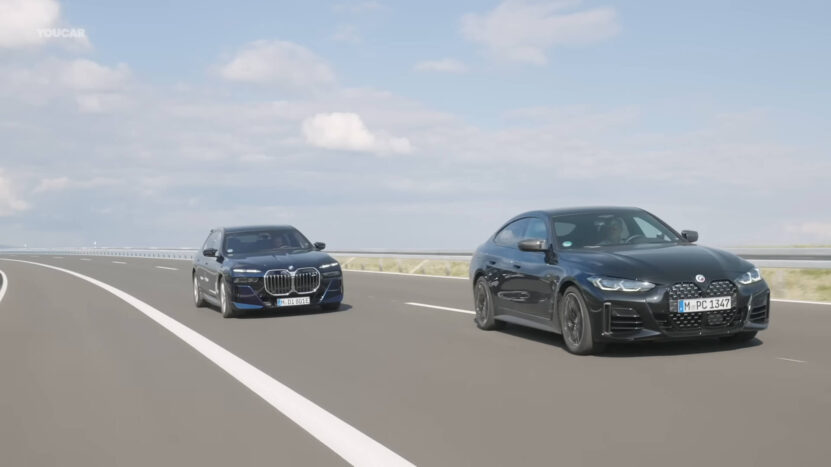
Basically, the marketing label. A car might be a “2024 model,” but it could have been built anytime in 2023. This label aligns the car with updated features or trends manufacturers want to push. It’s more about sales than the car’s real age.
Imagine you’re choosing between two cars: both are on the lot, and both are essentially new. Car A is a 2023 model with a great discount because dealerships want to clear it out. Car B is the 2024 model with maybe a few small upgrades but at a higher price. If the changes aren’t major, going with the “older” model year can save you a good chunk of cash without missing out on much.
Manufacture Date

This is the real deal. The date the car rolled off the assembly line. You’ll find it on the VIN (usually on the driver’s side door or in the car’s paperwork).
It matters because it tells you how long that car’s actually been around, even if it’s sitting on the lot “new.”
And here is another example. You’re about to buy a “new” car labeled as a 2023 model. After asking for the manufacture date, you learn it was actually built in early 2022 and has been on the lot for over a year. That means a bit more exposure to weather and possibly a shorter warranty period. If that’s the case, you could negotiate a better price, knowing it’s not as fresh as the model year makes it seem.
Why It Matters?
- Warranty Start: Warranties usually start from the manufacture date. If you’re buying a car labeled as a 2024 model but built in early 2023, you’re losing some warranty time before you even drive it.
- Resale Value: An older manufacture date often means lower resale value, even if the model year is the same as a newer one. That older date can lower trade-in offers.
- Potential Wear and Tear: Sitting on a lot for months affects a car. An “older” 2024 model might have more wear than a freshly built one, even if both are technically new.
How Dealerships Use Model Year to Market Cars?
Dealerships love to focus on the model year because it lets them keep inventory sounding fresh and appealing, even if some cars have been sitting on the lot for a while.
The model year is a great marketing tool, allowing dealerships to sell cars labeled with the newest year, regardless of when they were actually built. This approach can work in the buyer’s favor, but only if you know what to look for.
Why Dealerships Highlight Model Year
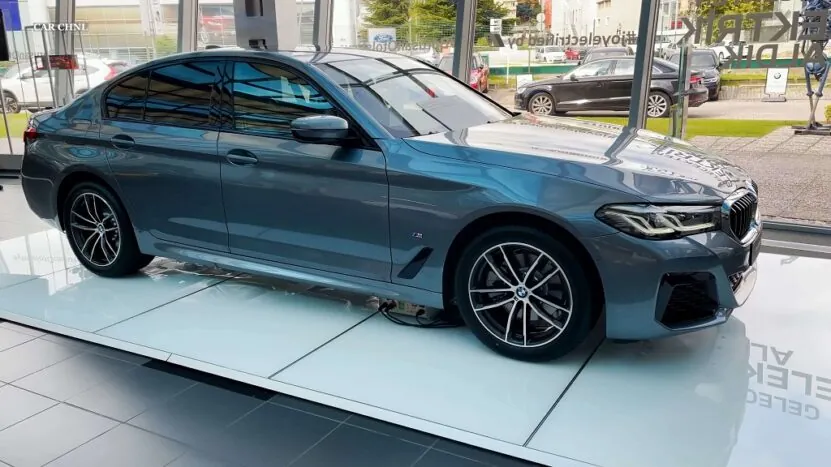
1. Creating Urgency and Demand
A “new” model year attracts attention, even if there aren’t major changes. For example, labeling a car as a 2024 model lets dealerships market it as the latest, creating more buzz and sometimes higher prices.
2. Discounts on Older Models
As new model years come in, dealerships often run discounts on previous model years to clear out inventory. This means you can find good deals on “older” models that are technically still new. A 2023 model in 2024, for example, might have a substantial price cut just because it’s not the current model year.
3. Upgraded Perception without Big Changes
Sometimes, a new model year doesn’t bring much more than a small update or even no changes at all. The model year label can make an older car feel more current, encouraging buyers to see it as more valuable.
What’s More Important?
Start with the model year if you’re after the latest tech or design. Model years often include new features or improvements, so if you’re looking for a specific update (like a newer infotainment system or safety tech), check this first.
If you’re focused on the car’s resale value or want to make the most of its warranty, start with the manufacture date. An older manufacture date could mean shorter warranty time and potentially lower resale value, even if it’s labeled with a recent model year.
How to Decide?
Let’s say you’re comparing two “2024 models.” Car A was manufactured in December 2023, while Car B rolled off the line in January 2024.
If you want to maximize the warranty and know the car hasn’t been sitting on the lot long, Car B’s newer manufacture date is a better choice.
However, if you’re more concerned about getting a good price and both cars are essentially the same, Car A might be discounted, making it a smarter buy.
Last Words
These details offer a clear view into a car’s age, features, and potential value. When you know what each date really means, you have the edge to negotiate better, avoid surprises, and make a choice that fits your needs.
So, before making that purchase, take a closer look at both dates, ask the right questions, and feel confident knowing you’re getting the real story behind the car.
Related Posts:





